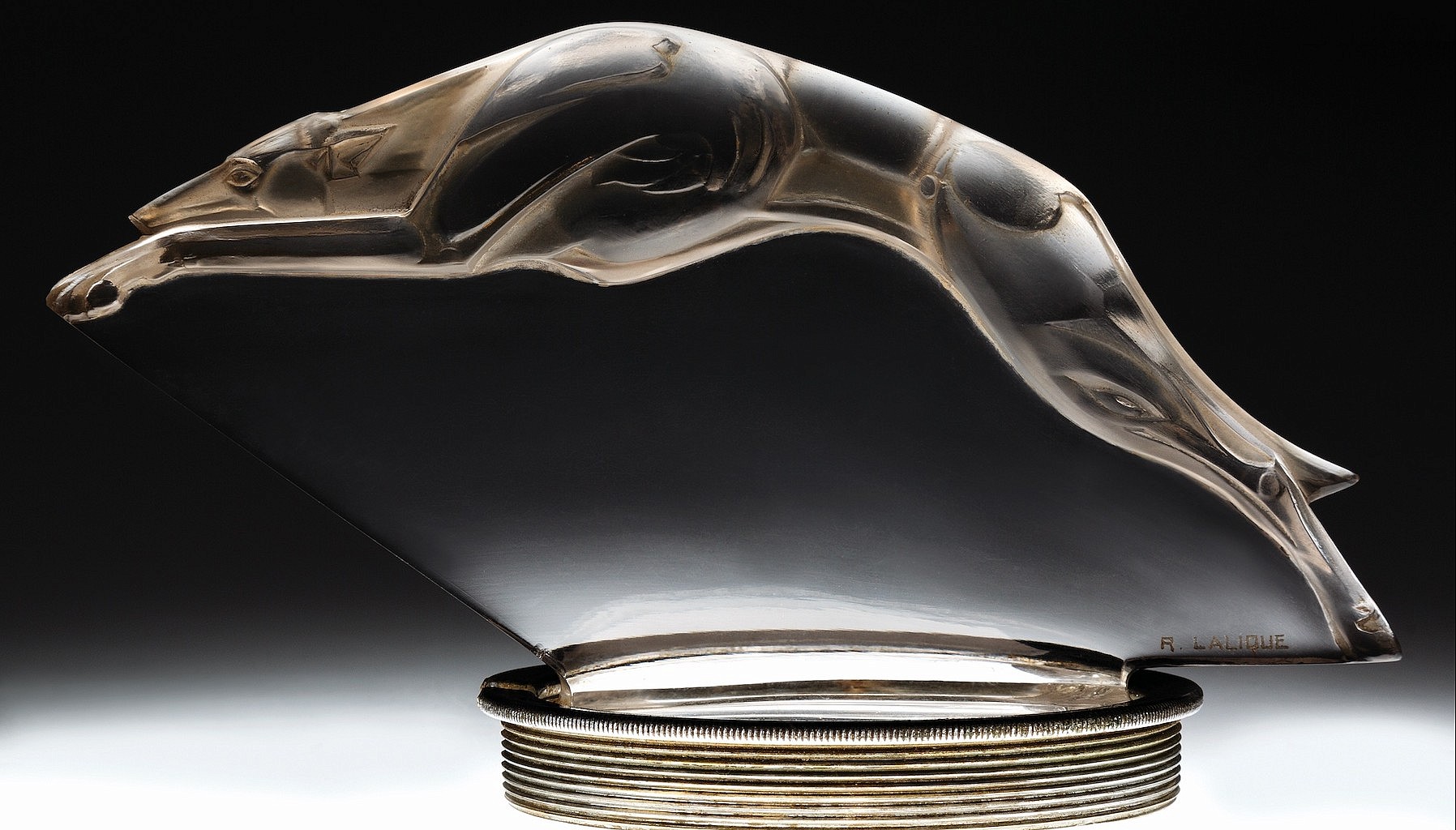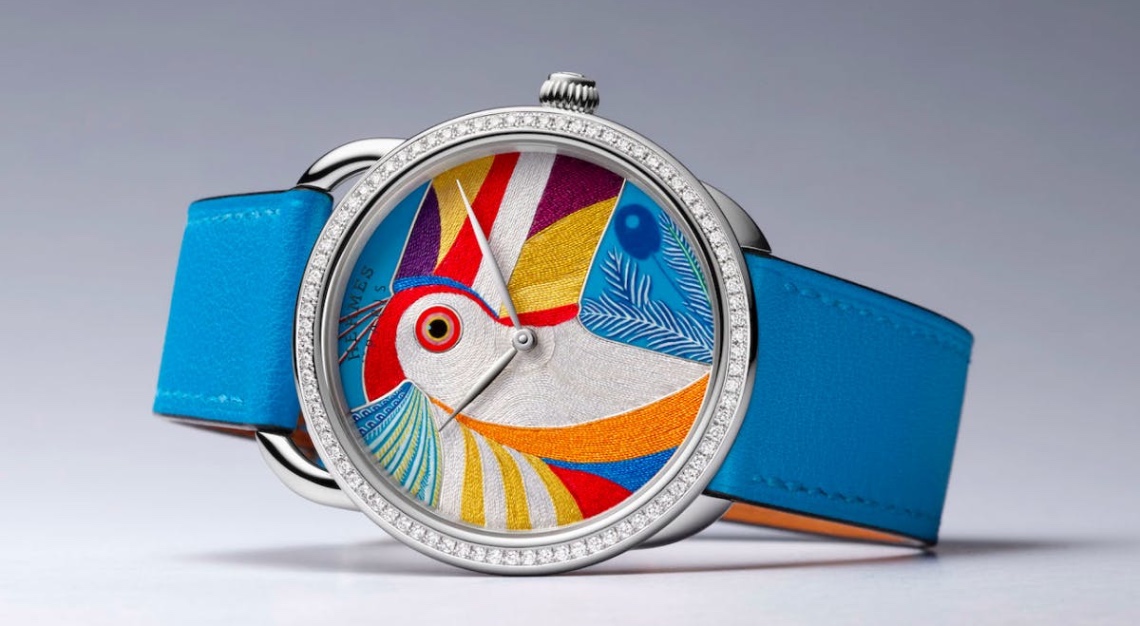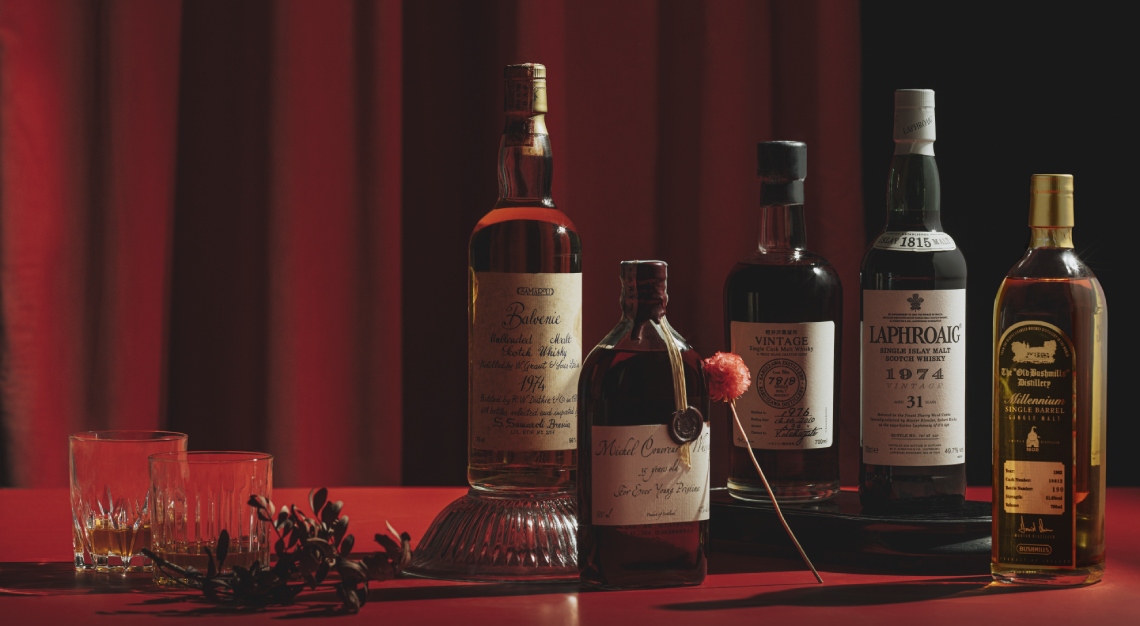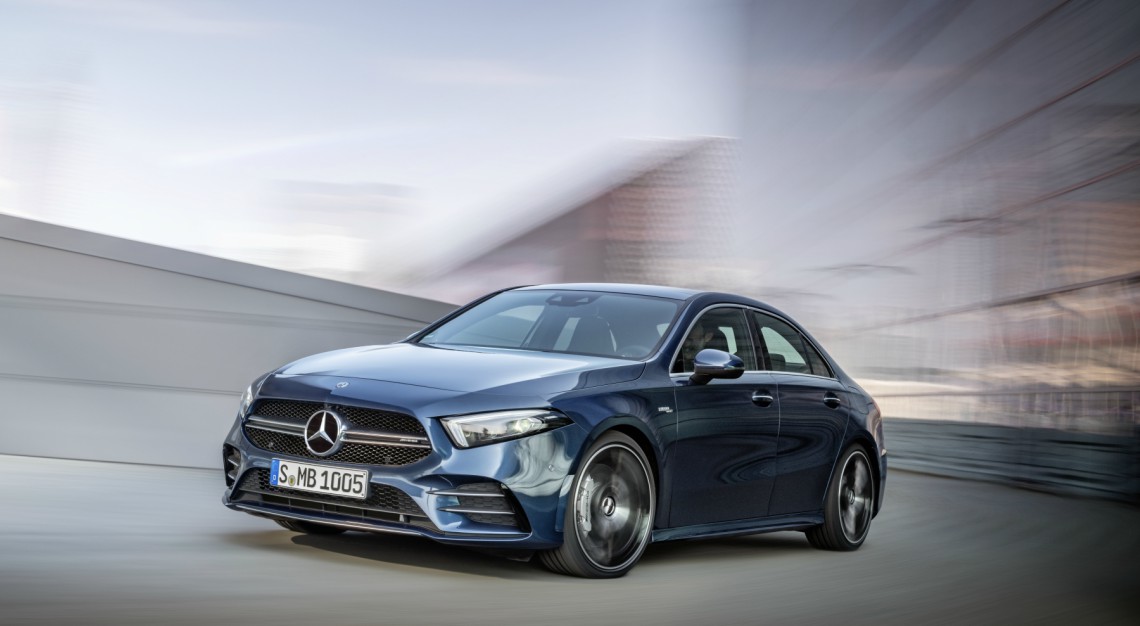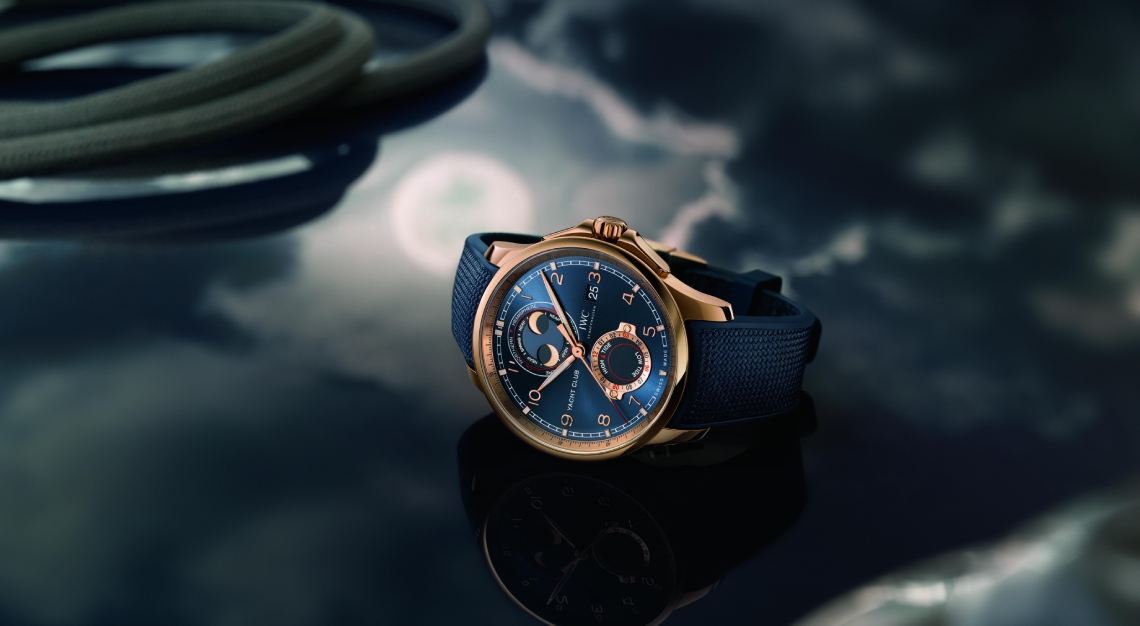The first Lalique mascot Gerard Smith ever purchased turned out to be anything but. The California-based entrepreneur discovered the piece, a frosted-glass figurine depicting a woman with long flowing hair, in an antiques store in Carmel, California. But soon after purchasing it for roughly US$1,500 (S$2,070), he discovered it was a counterfeit. “I did some research only to find out that the signature was forged,” Smith recalls. “It was a fake made in Eastern Europe.”
To be sure, authentic Lalique ornaments are hard to come by. Designed by the French glassmaker Rene Lalique during the 1920s and ’30s, the pressed-glass adornments — often sculpted in the form of falcons, foxes and other speedy animals — graced the hoods of Bugattis, Citroens, and Bentleys like elegant trophies. Lalique created just 30 unique designs; for many of them, fewer than a dozen examples are known to exist today.
Smith’s now-large assemblage of Lalique mascots includes examples of Victoire (a woman’s head with windblown hair) and Naiade (a blue-hued mermaid holding a seashell to her ear), but his piece de resistance is Levrier 1. Created in 1929 for Prince George, the Duke of Kent, the crystal greyhound is the brand’s only known one-off mascot. Smith, who purchased the piece in 2016 for more than US$500,000 (S$700,000) with the assistance of Dallas-based Heritage Auctions, knows what he has in Levrier 1, “It is by far the collection’s marquee piece.”
